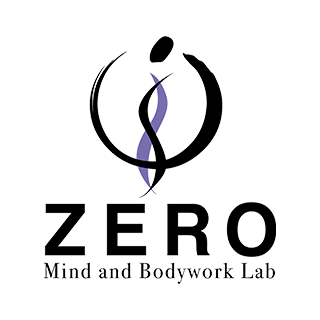Introduction
Hello everyone!
My name is Hidefumi Otsuka, and I offer Rolfing sessions in Shibuya.
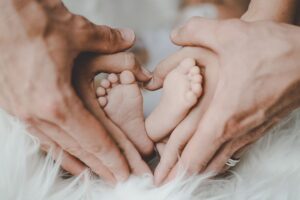
The Fascination of Bodily Sensation—Why Is It Useful?
Since June 2015, I’ve been providing Rolfing sessions in the Shibuya, Ebisu, and Daikanyama areas of Tokyo.
Rolfing is a method in which manual techniques are applied once every one or two weeks, each session following a specific theme. As the body is reorganized, it becomes possible to refine one’s “bodily sensations,” which in turn can help improve physical issues like stiff shoulders or lower back pain.
In the previous session—Session 1 of the Rolfing Ten Series—I focused on breathing and introduced the book The Extended Mind by Annie Murphy Paul.
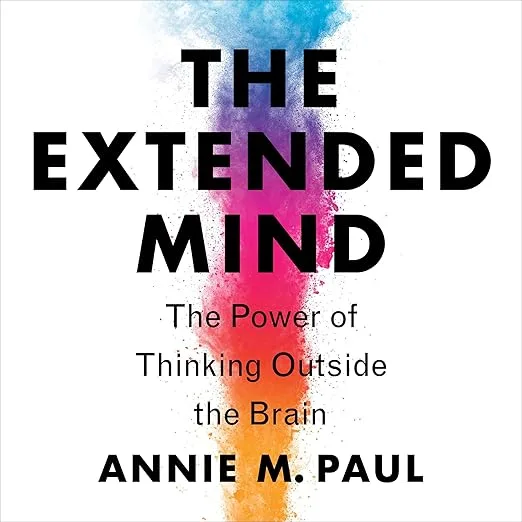
What happens when we sharpen our bodily senses? The book shares various real-life cases.
For example, among stock traders at securities firms, it turns out that those with keener bodily awareness tend to be more successful than those with just knowledge or analytical skills.
In fact, the ability to pay close attention to feedback from the body appears to support sound decision-making—in other words, it helps develop intuition.
Bodily sensation is also useful in interpersonal interactions.
We humans unconsciously mimic others’ facial expressions, gestures, postures, and even subtle voice inflections.
Through our own bodily sensations, we feel what the other person is feeling and come to perceive their emotions through our body.
Put simply, the body serves as a bridge that helps us take in another’s experience and deepen our understanding of them.
There’s even evidence for this: when people receive Botox injections that paralyze their facial muscles, they become less capable of understanding others’ emotions. That’s because they can no longer replicate those emotional expressions internally.
In the first Rolfing session, we begin by organizing the breath as the first step toward engaging bodily sensation. In my last blog post, I wrote about how aligning the breath leads to physical alignment.
Once the upper body and breathing are organized, we can prepare to work on the lower body—starting with the soles of the feet.
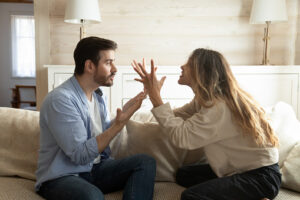
A Session to Organize the Feet—Messages from the Soles
So why focus on the soles of the feet?
When the soles are tense, that tension often travels up the back, affecting the lower back, shoulders, and neck. Conversely, when the soles are relaxed, the entire back relaxes.
Interestingly, before we even raise our hands, the muscles on the underside of the body—especially from the soles to the calves—tense up to support the whole body. People with stiff shoulders often have tight calf muscles for this very reason.
When the soles can function well, this tension is released, allowing the deeper inner muscles to engage.
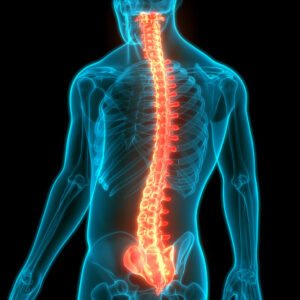
In a Rolfing session focused on the feet, we aim to:
- Loosen the muscles of the entire sole, including the arches
- Strengthen the awareness of connection between the lower body and the soles
- Integrate the awareness from the soles up through the spine
After completing the session, many clients report that their soles feel as if they are suctioned to the ground, with noticeable improvements in balance between the toes and heels.
Let me share an example.
Among the yoga instructors I work with, I’ve been surprised to find many who haven’t fully developed this sense of their feet.
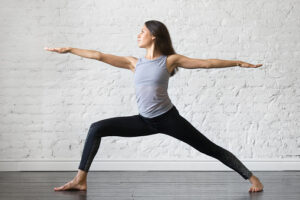
When the foot sense is lacking—especially in standing poses—the spine becomes unstable. The whole body tenses up, and the pose, instead of being restorative, becomes tiring.
What It Means to Organize the Soles—Balancing Vision and Hearing
Once you can sense both the toes and the heels, you begin to grasp, through bodily sensation, how to balance vision and hearing.
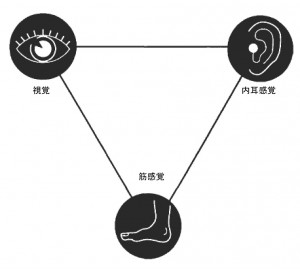
This is because:
- Using the “eyes” tends to shift weight forward to the toes
- Using the “ears” shifts weight backward to the heels
This is related to the position of the eyes and ears on the face:
The eyes are in the front; the ears are behind. That structural layout influences how we orient ourselves.
On the flip side, once you become aware of whether you’re using your toes or heels more, you gain a better ability to use all your senses in a balanced way.
For example, in yoga poses, understanding your foot balance leads to a more stable gaze.
And when the joints in the soles move more freely, something interesting happens…
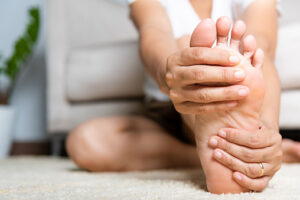
Organizing the Soles Also Affects Your Health
In yoga, there is a preparatory exercise called Sukshma Vyayama that involves slowly moving each joint in the hands and feet.
The key is to move the joints:
- In sync with the breath
- Slowly
- Gently
- While sensing the body
This might include making a fist and releasing it, or moving each toe or heel one at a time.
What’s amazing is that Dr. Tsurushi Sahoda, the founder of the Japan Yoga Zen Association, regained his health through this very practice.
Until his 60s, Dr. Sahoda struggled with poor health and had no idea how to manage it.
At the age of 62, he encountered yoga and Sukshma Vyayama.
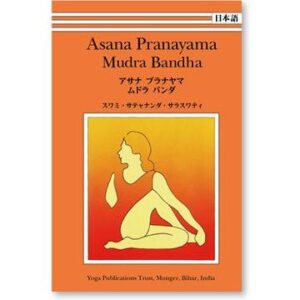
Once he incorporated this preparatory movement into his routine, he completely regained his health and went on to live into his late 80s.
As a yoga instructor, I always include Sukshma Vyayama when teaching poses.
After doing this, students find it easier to sense their hands and feet, making poses more stable and the body more receptive to meditation.
For more detail, please refer to Asana Pranayama Mudra Bandha, but in my experience, the part most difficult to sense during Sukshma Vyayama is the soles.
In Rolfing’s second session, once the client experiences the release of tension in the soles, it becomes much easier to engage with Sukshma Vyayama.
Conclusion
Rolfing follows a sequence of sessions, beginning with breathing and then moving to organizing the feet.
Once the foot session is complete, the body is ready to begin working on front-back balance.
